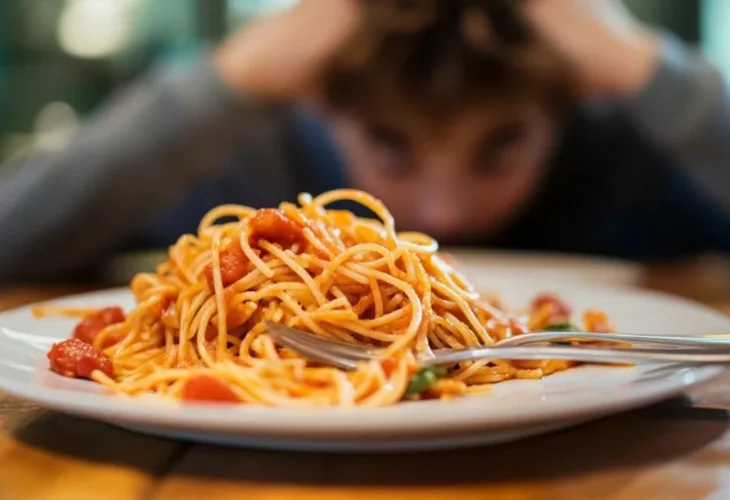Interesting
Don’t Take Leftovers Lightly: A Cautionary Tale
A young student died after eating leftover spaghetti. Here's what we can learn

Last month, a tragic story from Belgium spread across social media. A 20-year-old student named A.J. died after eating leftover spaghetti that had been left out of the fridge for five days. He simply reheated it in the microwave, not realizing how dangerous it had become. Just ten hours later, he passed away in his sleep.
The medical report showed that the pasta had been contaminated with a rare but deadly bacterium called Bacillus cereus. This bacteria can survive cooking and produces toxins that even a microwave can’t destroy.
After eating the pasta, A.J. went out to exercise. But within 30 minutes, he started to feel very sick, vomiting, diarrhea, stomach pain, and headaches. He thought it would pass, drank some water, and went to rest. Sadly, his body couldn’t fight the infection, and he died during the night.
So, what is Bacillus cereus?
It’s a common bacterium found in soil, water, and food. It’s not usually deadly but when food is left out too long, especially at room temperature, the bacteria can multiply quickly and release toxins that make people very sick.
In most cases, it causes mild food poisoning that clears up in a day. But in rare cases, like A.J.’s, the body can’t handle the toxins, leading to severe illness or even death.
The biggest danger? Starchy foods like pasta, rice, potatoes, and couscous. These foods give the bacteria exactly what it needs to grow when left out in the open.
Why isn’t microwaving enough?
Microwaves heat food unevenly. Some spots may stay cool, and the high heat doesn’t destroy the toxins from Bacillus cereus. So even if your food feels warm, it might still be dangerous.
Here’s what we can learn from this heartbreaking case:
1. Store food the right way
Don’t leave cooked food out for more than two hours. Let it cool, then put it in the fridge especially pasta, rice, or chicken.
2. Reheat food properly
Use a stovetop or oven if you can. Stir it well, and make sure it’s hot all the way through and aim for at least 165°F (about 74°C).
3. Trust your senses
If your food smells odd or tastes funny, throw it out. Don’t take a chance, even if it looks fine.
4. Don’t ignore symptoms
If you feel sick after eating leftovers, nausea, cramps, vomiting, don’t just wait it out. See a doctor right away. Serious poisoning can move fast.
Leftovers can be a great time-saver, but only if they’re stored and reheated safely. Let A.J.’s story be a reminder: when it comes to food, it’s better to be safe than sorry.

